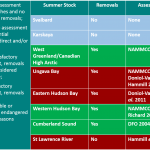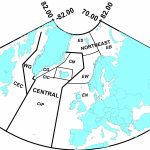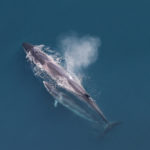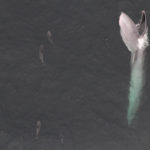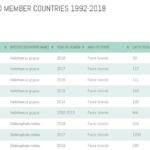Many people do not see marine mammals as an abundant resource but as an endangered one, and, as a result, not an exploitable. The reality is, however, that while some species are in danger of extinction, others are thriving. And within a species, some populations or stocks may be flourishing and/or increasing, while others may be depleted and decreasing, thus needing protection. For this reason the fin whale is a good example. The Southern Hemisphere population of fin whales remains significantly depleted, whereas populations in the North Pacific and North Atlantic have either recovered or are close to pre-exploitation levels. Therefore, it would be scientifically incorrect to claim that the fin whale as a whole is endangered.
Twenty-three marine mammal species are common permanent residents in the NAMMCO area, 7 pinniped (seals) species and 16 cetacean (whales and dolphins) species. Among these species, hunters target all the seal species and 12 cetacean species.
High historic levels of catches depleted a number of populations, but a reduction in harvest has allowed several species and stocks to increase significantly. Most marine mammal stocks hunted in the NAMMCO area are abundant, and are able to sustain controlled levels of removals.
Responsible management regimes based on scientific advice, strict regulations, and control mechanisms ensure that the catches are and remain sustainable.





